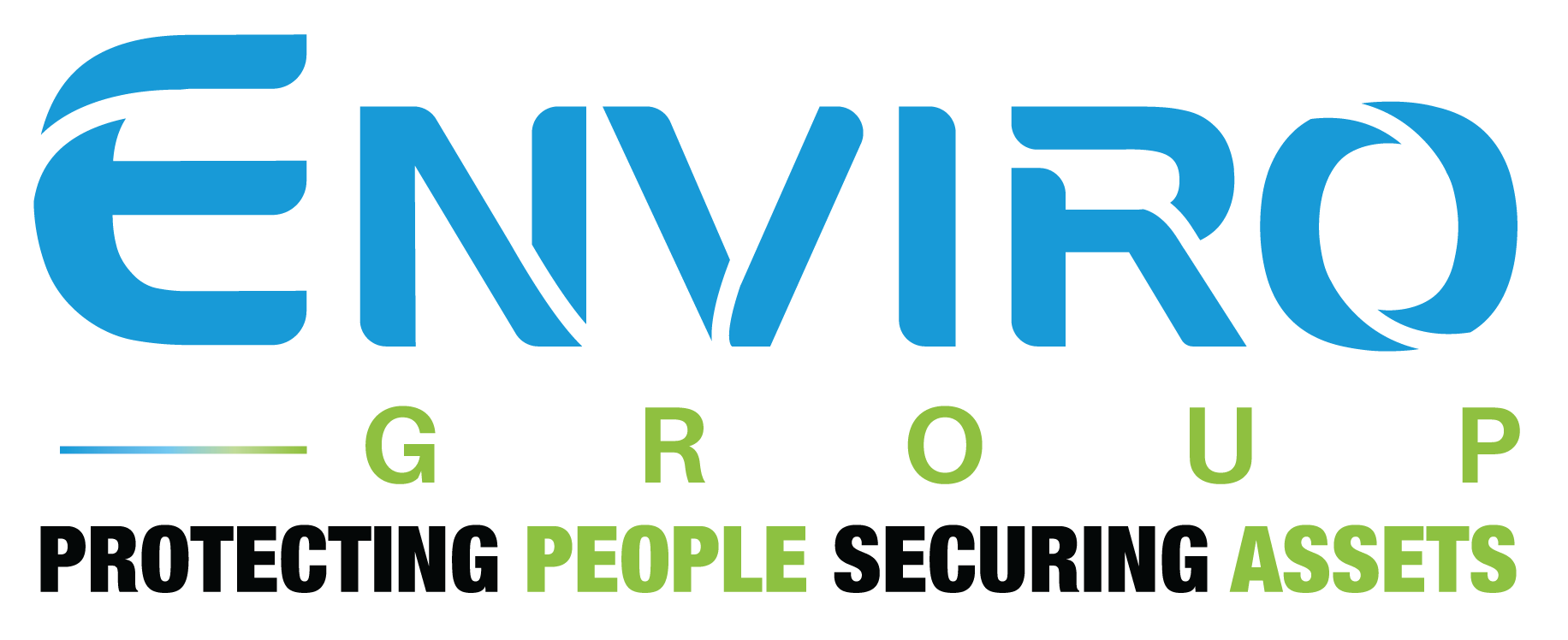As the new year begins, employers are ready to restart operations, with employers reporting to the workplace. Employers must make extraordinary efforts to ensure that their employees who enter your premises are in a healthy and safe environment. The issue of good indoor air quality and ventilation system maintenance has grown even more pressing in light of scientific evidence that the COVID-19 virus can transmit through the air.
While we are all conscious of outdoor air pollution’s risks, many people are unaware that indoor air can be dirtier and more hazardous. The primary goal was to halt the spread of COVID-19, but along the process, we discovered new correlations between building conditions and illnesses in general. Experts have warned of potential health dangers from indoor air pollution if necessary precautions are not taken.
SICK BUILDING SYNDROME
People who inhabit a room or building may become ill if the air quality deteriorates. Individuals who begin to experience severe health problems after spending time in a building might be experiencing the effects of sick building syndrome. Due to the wide range of symptoms that mimic diseases such as the common cold—headache, sore throat, itchy eyes, dizziness, and a runny nose—SBS can be difficult to diagnose.
Symptoms of sick building syndrome (SBS) often worsen the longer you stay in a building and improve once you leave. If employers begin to notice that other employees are exhibiting the same symptoms at work, the employees might be suffering from sick building syndrome.
COVID-19 AND THE RELATION TO SICK BUILDING SYNDROME
The COVID-19 outbreak has exacerbated the sick building symptoms. In reaction to COVID-19, the use of sanitisers and disinfectants has skyrocketed in both households and offices. These products benefit virus elimination, but most cleaning products harm indoor air quality. The chemicals from these products can pose significant health concerns, particularly to individuals exposed to these products regularly.
THE SOLUTION TO THIS…
In addition to industrial emissions, car emissions, household chemicals, constructions, and demolitions are just a few elements that contribute to air pollution. As a result of their activities, we are exposed to air pollution both indoors and outdoors, which can have a variety of health repercussions, including the spread of viral load within building spaces. How do we determine the air quality and pollution levels in our neighbourhood? What is the solution to this ongoing problem?
The answer to these questions is ENVIRO INTELiAQ!
View this post on Instagram
ENVIRO INTELiAQ
This opportunistic IoT smart-sensing-based indoor air quality monitoring system collects and aggregates sensor data to monitor air pollution in building inside areas. We present a lightweight, low-power, low-cost air quality monitoring device (AQMD) and show how AQMD and smartphone devices in a crowd can work together (through offloading) to collect and share data of interest to the cloud.
The collected data will be evaluated in the cloud, and an aggregated view will be generated to provide an air pollution heat map of the building and the first-of-its-kind Virus Index. The end-user and administrative team can view the air quality and AQImap (air quality index map) of the properties on their smartphone.
ENVIRO INTELiAQ can detect up to nine different air quality indicators, providing advanced information to individuals on the invisible intricacies of air quality:
- Temperature
- Relative Humidity
- Dust Particulates
- Carbon Dioxide
- Nitrogen Dioxide
- VOCs
- Ozone
- Carbon Monoxide
- Air Pressure
View this post on Instagram
One of the essential aspects of the survival of living creatures is the air. To be healthy, we need not only air but also clean, unpolluted air. The air we breathe is always in a state of flux, and individuals should be mindful of the health risks that dirty air might provide.
The first step in improving our lives and productivity is managing and monitoring the air quality we breathe. The first step in addressing this issue is to detect air quality levels in our homes or commercial buildings, and ENVIRO INTELiAQ is the finest tool to get things done. For additional information, please contact support@envirogroup.asia or visit www.envirogroup.asia, and our technical specialists will be happy to help. The ENVIRO Group’s toll-free number is 1-800-88-7900.

